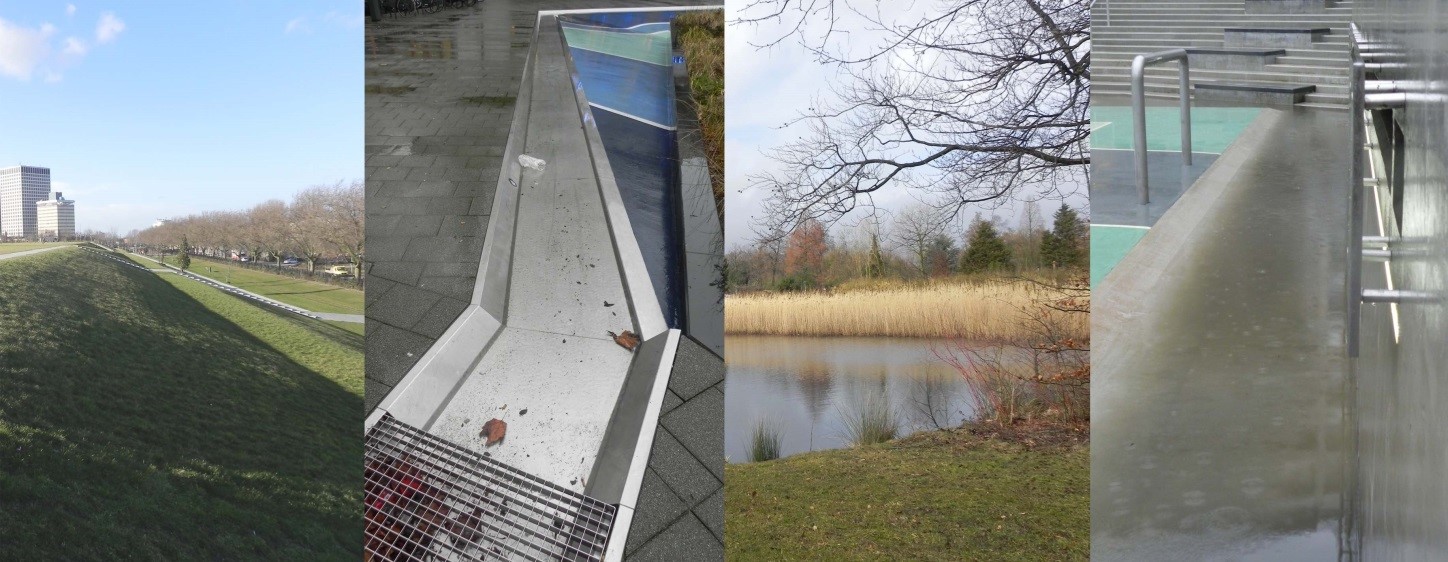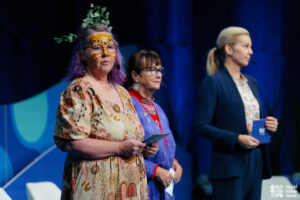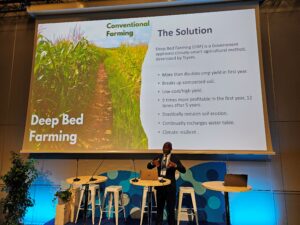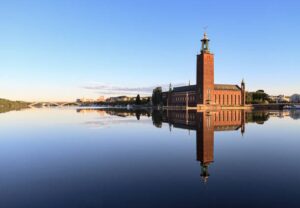Turning a threat to an asset using water sensitive measures
In 2050, almost 67 % of the world population will live in cities. This migration, together with intense and unpredictable climate change will cause negative impacts on both water quality and hydrology. Swedish cities, including Malmö, will face more rainfalls, storms and sea level rise in the future.
The storms such as Simone and Sven or the cloudburst in August 2014 showed that the capacity of existing sewage pipe system is limited. The drainage systems will be overloaded while the urban runoff has more volume than the predicted. Also, according to City Blueprint baseline assessment, Swedish cities need to work more on their water resilience and improve the climate robustness and water governance. It is an approach which I used, to evaluate the sustainability of urban water cycle services in Helsingborg, Malmö, Kristianstad, Eslöv and partially Stockholm.
In the article published in Vatten Journal, I was trying to highlight the necessity for rethinking urban planning of Swedish cities. It is of crucial importance to make our cities more water-resilient. Since underground solutions are expensive and inflexible, we cannot rely on them. We need more surface solutions and use the full potential of urban spaces, thus creating multi-functionality. In other words, we have to improve the blue-green infrastructure of the cities and it requires strong collaboration between different professions. The seminar Innovative storm water solutions has been held with the same goal in Malmö. Flood resiliency measures at the scale levels of regions, cities, neighborhoods and streets as well as the importance of spatial planning in mitigation of the physical impact, were drawing a lot of attention both during my workshop and the presentation. Dutch cities started to work actively on open solutions through comprehensive planning. Understanding the holistic approaches and systems these cities apply to deal with their water related challenges, on both national and local levels, was of great value to me.
When it comes to floods from the discharges of the rivers or sea level rise, National government, under the Delta program, is responsible to protect the cities from the flooding. Nevertheless, cities need to protect themselves against extreme rainfalls. Cities like Rotterdam, Amsterdam and Dordrecht all have different strategies and apply different approaches in this matter. They try to cooperate and combine their own experiences with others but find solutions locally. Cities like Rotterdam and Dordrecht have chosen Top-Down approaches. First they try to prepare water plans and climate adaptation strategies and at the end they get to the implementation phase. While, the city of Amsterdam has chosen a Bottom-Up approach and focuses more on implementation rather than a holistic approach. On top of all, the key to success is the close relation between urban planning and water management departments of the municipality. In this regard, cooperation with researchers in academia adds values to the results. It was clear that cities with stronger cooperation could be able to bridge science and practice through achieving more Practical-Scientific approaches to the process from planning to implementation.
During the field study in Netherlands, I held interviews and discussions with people responsible for planning and water management of municipalities, as well as innovative architects and researchers whose work is closely related to the water resilience programs. Visiting and observations of the implemented blue projects of Dutch cities were another part of the study. As a result, achieving a waterproof city is a long-term process and requires the municipalities to address water challenges from early stages of planning. We all need to re-think the way we develop and design our cities and no matter how big the measure is, every drop counts.








